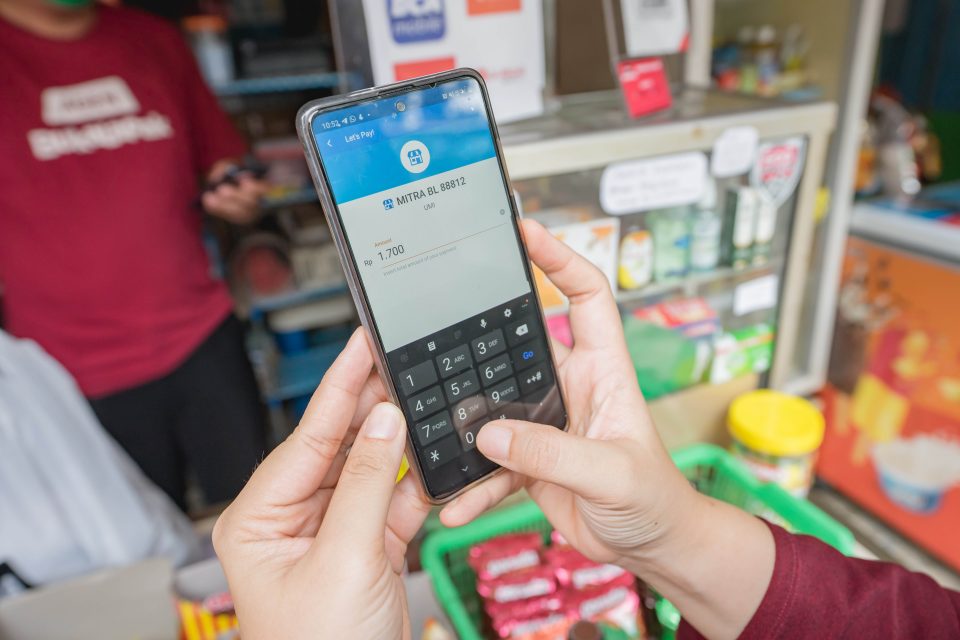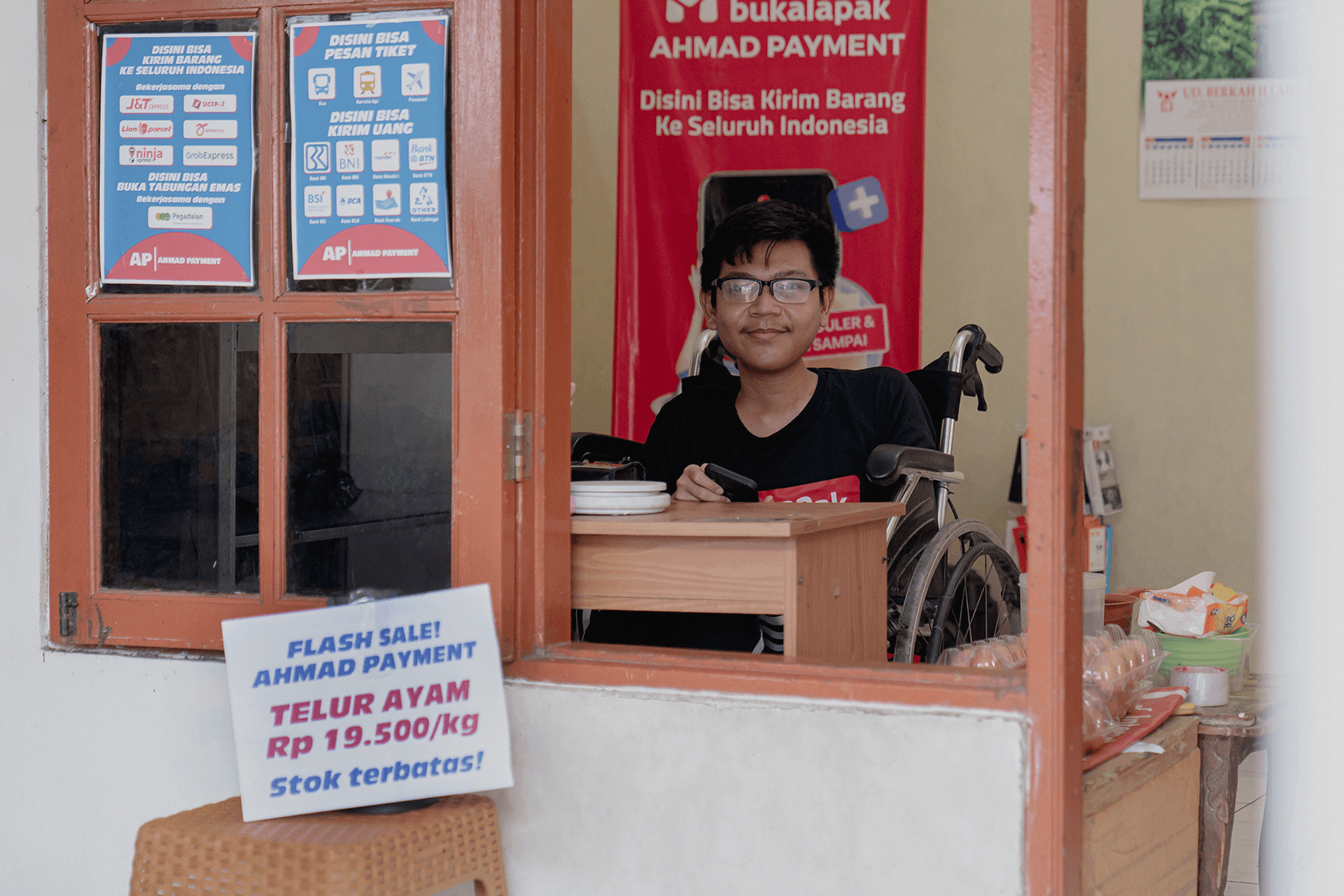 By Ahmed Mazhari, President, Microsoft Asia
By Ahmed Mazhari, President, Microsoft Asia
Across Asia, a new generation of homegrown innovators is bringing its creativity, originality, and digital knowledge to market, helping to transform the region into a disruptive force on the world stage.
But what’s different about the startups and born-in-the-cloud businesses leading this new wave? And what does the transformation they’re driving from ‘Made in Asia’ products to ‘Born in Asia’ innovation mean for the region, and for the rest of the world?
To find out, I sat down with Teddy Oetomo, President of one of the most prominent Southeast Asian examples of this new kind of business, Indonesia-based e-commerce marketplace Bukalapak. We were also joined by investment expert Rui Ma, founder and co-host of the Tech Buzz China podcast.
Here are some highlights from our conversation in a recent Reimagining Asia podcast all about innovation in this region, tune in to hear more.
The rise of mobile-first consumer economies
As Rui Ma points out, Asia is pioneering a host of technology innovations in e-commerce, mobility, gaming, and more that other parts of the world either don’t yet know about or are only just embracing. Live commerce is transforming the retail sector in China through a blend of instant purchasing and entertainment, and new apps are making user’s lives easier and more integrated.
“A Chinese innovation that has set the scene for the rest of the world is the Super App, such as WeChat, offering everything from instant messaging and social media to mobile payments,” she says.
We’re seeing such Super Apps take off in Southeast Asia, including from Grab, a tech unicorn which expanded from offering ride shares to food delivery to financial services.
Notably, China’s rural areas are where much of this innovation is taking place. “Take live commerce, for example—this first became hugely popular outside the major cities, where entertainment options can be more limited. This kind of shopping with its gamification elements is helping to address people’s need for those entertainment experiences,” Rui explains.
There are many other factors behind the rise of these trends, including how Asia has leapfrogged other forms of connectivity to become mobile-first. Today, the region is home to 4.6 billion people, 2.7 billion of whom are mobile internet users. This has made mobile the platform that underpins much of the innovation and new business models we’re seeing bubbling up in Asia’s tech hotspots, including companies like Bukalapak.
Digital natives driving technology adoption
Spearheading those high levels of internet and mobile penetration is a relatively young and increasingly well-educated population, dominated by Millennials and Gen Zs. According to McKinsey, these ‘digital natives’ will account for a third of Asia’s consumption in the coming decade.
As Bukalapak’s Teddy Oetomo explains, this new generation of consumers is mobile-first, constantly online, and social media savvy. They also bring a ‘not afraid to fail’ mindset when they enter the technology industry—something that’s essential to building a culture of innovation, change, and growth. “Digital natives have fewer barriers to adopting new technologies because they have grown up with the internet and it’s so familiar to them,” he says.
A passion for entrepreneurship is another key element of the digital native mindset. “With this cohort, there’s just so much enthusiasm and confidence when it comes to striking out and setting up their own startups,” says Rui. “It’s become more socially acceptable to do that, rather than take a ‘safe’ job working in a large corporation.”
Bukalapak: an innovation mindset in action
Bukalapak is a fantastic example of this approach in action. Launched in 2010 by entrepreneurs and digital native engineering college friends Achmad Zaky, Fajrin Rasyid and Nugroho Herucahyono, the company’s e-commerce marketplace platform has grown to help millions of traditional mom-and-pop kiosks (or ‘warungs’) in Indonesia move online so they can compete with modern retailers.
“Over the last few years, smartphone devices have become a lot more affordable in Indonesia and there has been a surge in digital adoption,” Teddy says. “That ability to connect has sparked a lot of interest in embracing new technologies and approaches, such as our e-commerce marketplace platform.”
Today, they serve more than 15 million enterprises and 110 million customers. It has also expanded to offer digital products, streaming services, plane tickets, and financial services. In 2021, it became Indonesia’s first tech unicorn to make its market debut.
A key factor fueling Bukalapak’s phenomenal growth is its innovation mindset. “We’re all about the next step: where are the new opportunities and how can we help customers extend their digital capabilities?” Teddy says.
Supporting inclusive growth
But there’s another element to the Bukalapak success story that is especially important—and it’s very typical of the digital native approach.
In Teddy’s words: “Our mission is to help create a fair economy for all. We envision a tech-enabled economy where people have the opportunity to grow, aided by our online and offline commerce platforms, because everyone deserves equal opportunities to create a better life.”
Rui couldn’t agree more. “Something we’re seeing in technology companies across China is the rise of extensive corporate social responsibility programs. Now, companies are prioritizing not just profit, but what they can contribute to society,” she says.
Collaboration is a vital ingredient here. “Like a lot of the newer companies coming up today, we don’t seek to disrupt for the sake of disruption. Instead, we’re more interested in collaborating to build an ecosystem—co-innovating with banks, logistics companies, FMCG distributors, and more, in ways that can empower all our businesses and also help us make a positive societal impact,” Teddy explains.
Empowering Asia as the world’s innovation engine
The most exciting thing I took away from my conversation with Teddy and Rui was how the brand of disruption that Asia’s startups are pioneering perfectly chimes with Microsoft’s own focus, which is to empower people and organizations everywhere to achieve more.
It’s why through our programs and with our partners, we’re supporting better access to education, finance, and healthcare, and providing more upskilling opportunities for those who want to advance their careers. In the past year alone, we’ve upskilled 6 million people in Asia with tech skills to be part of the digital economy.
It’s also why we’re partnering with organizations of all sizes and ambitions to empower them to do more. We’re collaborating with Bukalapak, for example, to help it build a resilient cloud infrastructure to support its services.
Put simply, we believe Microsoft’s success is tied to the long-term success of Asia. And by helping to power the growth of its most innovative companies, we can also help empower the region’s future as the innovation engine of the world.






